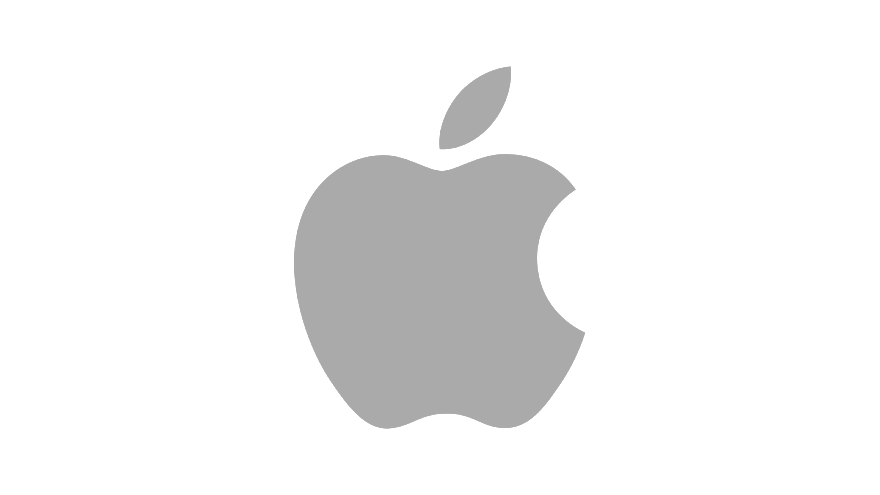Will Apple Upset the Applecart With Satellite Broadband?
I did a little light reading, [actually re-reading], over the holidays: 360 pages, 17 chapters and five appendices. The tome: “Connecting America: The National Broadband Plan.”

How time flies. It will be 10 years in March since the FCC published the massive work mandated by Congress. The theme of the plan is clearly stated in its executive summary: “Broadband in America is not all it needs to be.” To remedy the situation the plan made several recommendations, including making “500 megahertz of spectrum newly available for broadband within 10 years, of which 300 megahertz should be made available for mobile use within five years.”
I can still remember sitting in an auditorium during the 2010 NAB Show listening to former FCC Chairman Julius Genachowski—now a managing director at private equity firm The Carlyle Group in the U.S. Buyout team of the global telecommunications, media and technology—discuss the plan and how the impending spectrum crisis (or, was that a “spectrum crunch?”) would soon hinder the nation in manifold ways and how broadcasters could play an important role by participating in the incentive auction.
I also remember the FCC under the direction of his successor Tom Wheeler, who before taking on the chairmanship served 12 years as CEO of the Cellular Telecommunications & Internet Association, then as an executive at D.C.-based venture capital firm Core Capital Partners and now is a visiting fellow for Governance Studies, Center for Technology Innovation at Brookings. He presided over the incentive auction, at one point calling it “a once-in-a-lifetime opportunity” for broadcasters.
What prompted my holiday re-reading was the Dec. 20, 2019, Bloomberg article “Apple Has Secret Team Working on Satellites to Beam Data to Devices,” by Mark Gurman.
It is a real eye opener. “Apple Inc. has a secret team working on satellite technology that the iPhone maker could use to beam internet services directly to devices, bypassing wireless networks, according to people familiar with the work,” Gurman wrote.
While the project is in its early stages and could possibly be abandoned, Apple CEO Tim Cook has “shown interest in the project,” a sign that it is a priority for the company, he reported.
Wait just a second. I didn’t see one word about a $1.3 trillion tech company innovating satellite-delivered internet service to bypass wireless networks anywhere in the National Broadband Plan. It’s true, the word “satellite” is mentioned more than 100 times. But overall, the plan downplays how satellite-delivered broadband should fit into the future broadband service mix envisioned.
For example, on page 62 in footnote 10, the plan references “Broadband in America” by Robert C. Atkinson and Ivy Schultz, saying:
“Next-generation satellites will have much higher capacities, in excess of 100 Gbps each, with download speeds per user of up to 25 Mbps. Larger capacities could allow for usage patterns that more-closely mirror terrestrial usage. However, the high fixed costs of designing, building and launching a satellite mean that satellite-based broadband is likely to be cheaper than terrestrial service only for the most expensive-to-serve areas.”
Maybe, but Apple appears to be viewing things differently. And even if the company ultimately pulls the plug on its research, others are looking to provide internet bandwidth from space. According to an October 2019 CNBC story, Morgan Stanley believes companies offering satellite internet bandwidth are “where most of the upcoming value [$1.1 trillion by 2040] in the space industry will come.”
If Apple or some other well-funded company actually pulls off a satellite-based broadband service, where will that leave the wireless companies addressing the “spectrum crunch” with their 5G buildouts?
About 42% of U.S. smartphone customers currently use some sort of iPhone. One could only imagine the harmful effect on carriers of millions of future iPhone users ditching their wireless service in favor of an Apple satellite-based broadband alternative—something akin to the effects of cord cutting on cable TV companies.
That underscores the problem with today’s National Broadband Plan and any “2.0” version that may one day be released. Simply stated, the best-laid plans of mice and men—and regulators—often go awry.
Industries and infrastructures don’t typically turn on a dime, and when forced to respond to the priorities set by others with the power of government, they become vulnerable to innovators, entrepreneurs and iconoclasts who have a better solution or different vision and the dollars to bring them to fruition.
Until someone develops an accurate crystal ball, there will always be the risk that the future doesn’t play out as envisioned in some plan and that billions of dollars in capital spending on infrastructure will prove to have been misallocated. Sadly, however, that will only become apparent with the benefit of hindsight—often long after the money’s gone and those who developed the plan and advocated for it have moved on in their careers.
Perhaps two-time former Secretary of Defense Donald Rumsfeld best summed up the point, although in a different context. “[A]s we know, there are known knowns; there are things we know we know. We also know there are known unknowns; that is to say we know there are some things we do not know. But there are also unknown unknowns—the ones we don’t know we don’t know.”
Get the TV Tech Newsletter
The professional video industry's #1 source for news, trends and product and tech information. Sign up below.
Phil Kurz is a contributing editor to TV Tech. He has written about TV and video technology for more than 30 years and served as editor of three leading industry magazines. He earned a Bachelor of Journalism and a Master’s Degree in Journalism from the University of Missouri-Columbia School of Journalism.

